Making Your Home Energy Efficient: Simple Changes for Big Savings
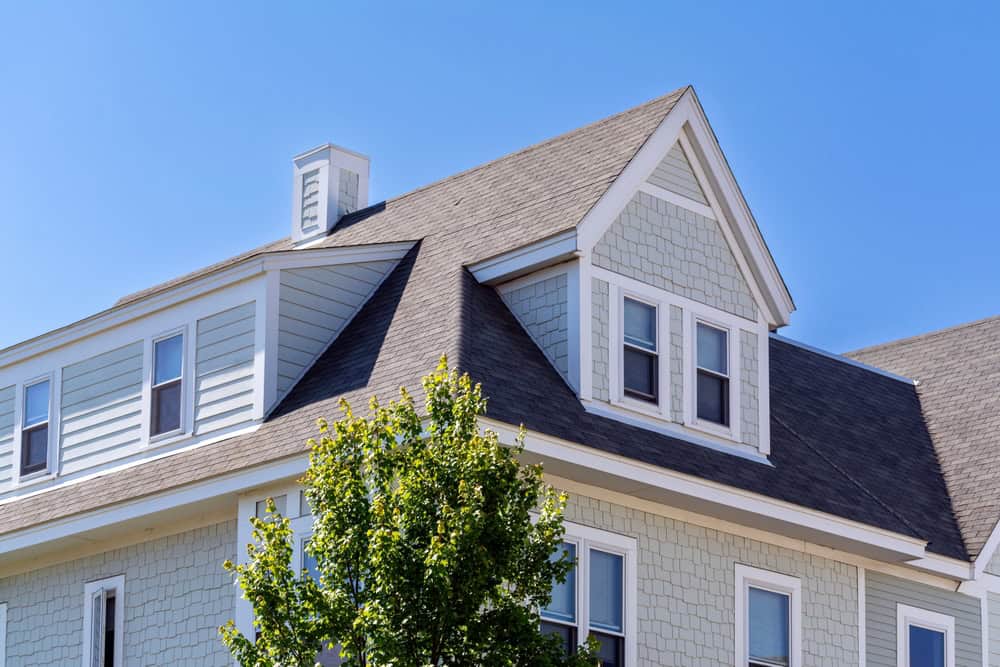
Many homeowners are unaware of how easily their homes can be made more energy-efficient through simple, cost-effective changes. Such improvements can lead to significant reductions in heating, cooling, and electricity costs. While many updates can be done by homeowners themselves, those seeking optimal results can hire energy auditors to conduct in-depth evaluations and recommend tailored solutions for their homes.
Why Improve Home Energy Efficiency?
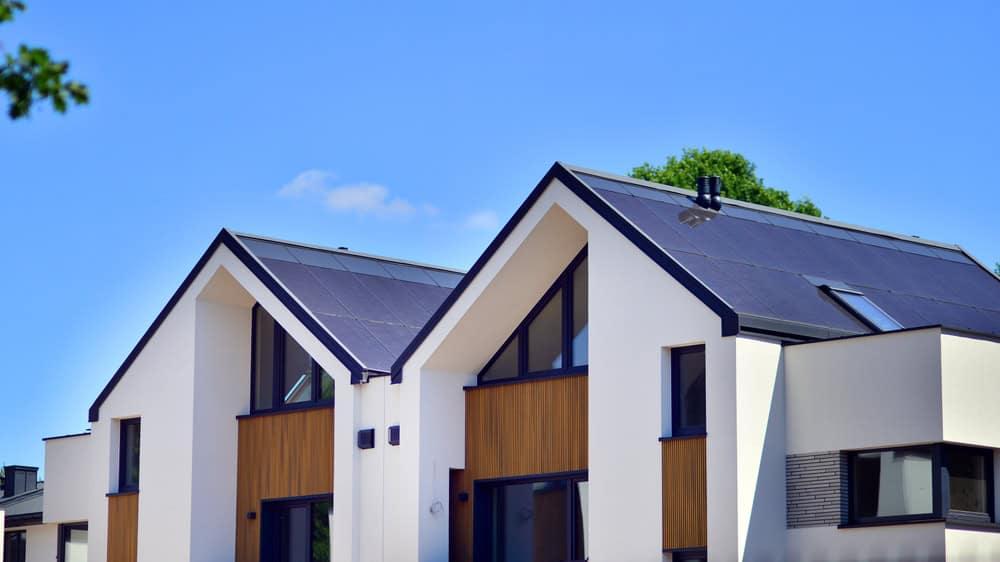
There are numerous reasons to make your home more energy-efficient, including:
- Financial Incentives: Federal, state, utility, and local jurisdictions often provide financial benefits, such as tax breaks, for energy-efficient upgrades in most U.S. regions.
- Cost Savings: Energy-efficient homes require less power, reducing utility bills over time.
- Comfort: Enhanced insulation, efficient systems, and proper sealing result in a more comfortable living environment.
- Environmental Impact: Reducing energy consumption helps mitigate climate change, a major concern among scientists studying global warming.
- Pollution Reduction: Lower energy use decreases pollutants released into air, soil, and water as a result of traditional energy production methods.
1. Reduce Heating and Cooling Costs
Heating and cooling account for nearly 50% of energy use in homes. Consider the following ways to cut costs:
- Use Ceiling Fans: They function as energy-saving alternatives to air conditioners.
- Replace Air Filters Regularly: This ensures HVAC systems function efficiently.
- Set Thermostats Appropriately: Lowering the thermostat by 5°F during the night or when the home is unoccupied can save around 10% on heating costs.
- Install Programmable Thermostats: These automatically adjust temperatures during specific times, potentially saving up to $150 per year in energy costs.
- Install Wood or Pellet Stoves: These can be more energy-efficient heating options.
- Use Curtains: Drawing curtains at night enhances insulation and retains heat.
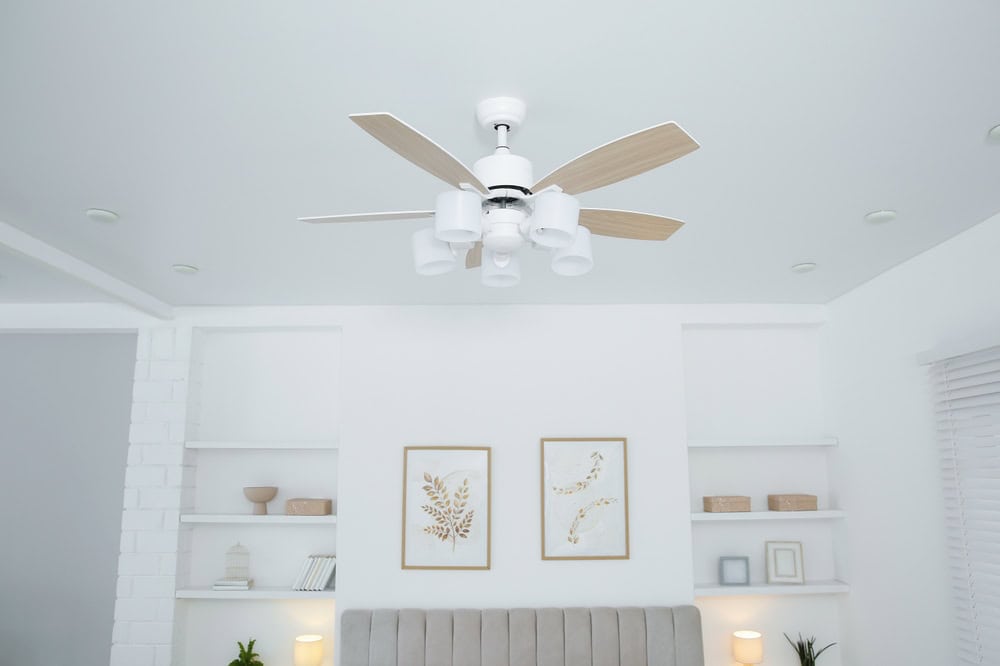
2. Install a Tankless Water Heater
Tankless, or on-demand, water heaters heat water only when needed, avoiding energy losses associated with storage tanks. They provide a continuous supply of hot water without the energy demands of reheating a storage tank, saving on energy costs.

3. Replace Incandescent Lights
Lighting accounts for 11% of household energy consumption. Switching to energy-efficient options offers significant savings:
- Use CFLs or LEDs: Compact fluorescent lamps (CFLs) use 75% less energy and last 10 times longer than traditional incandescent bulbs, while LEDs last even longer, consume less energy, and do not contain mercury.
- Incorporate Lighting Controls: Timers and dimmers reduce unnecessary lighting use, improving energy efficiency.

4. Seal and Insulate Your Home
Sealing and insulating the building envelope is one of the most effective ways to improve energy efficiency and comfort:
- Common Leakage Points: Electrical outlets, mail slots, plumbing penetrations, attic hatches, and inadequate weatherstripping are typical areas of energy loss.
- Attic Repairs:
- Seal large and small holes using caulk or expanding foam, especially around pipes and wires.
- Insulate attic access panels with fiberglass or rigid foam.
- Improving Leaks: Particularly focus on sealing baseboards, fireplace dampers, and window edges.
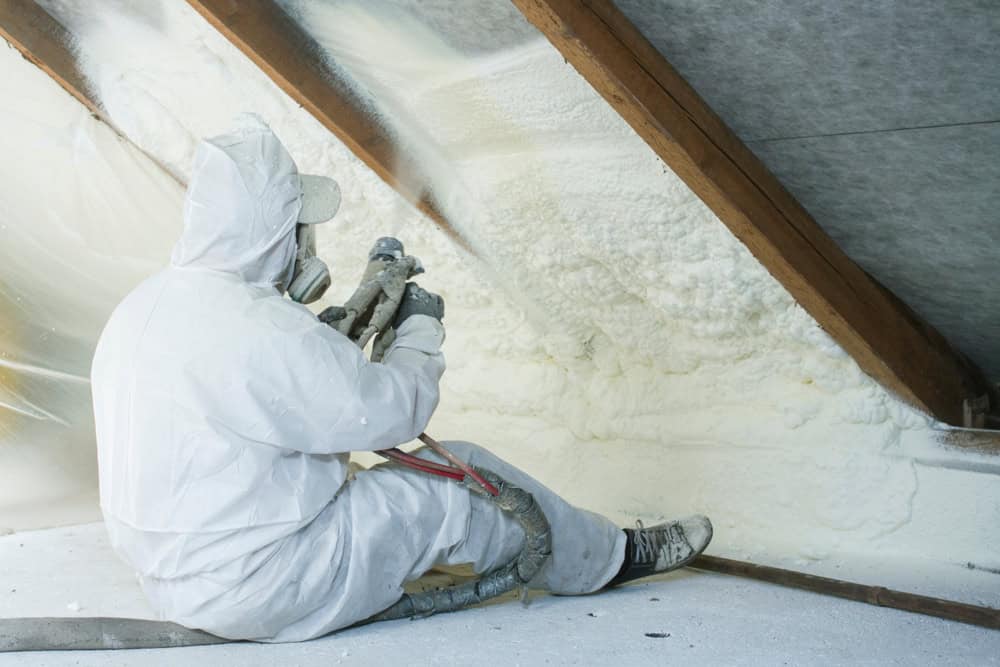
5. Use Efficient Showerheads and Toilets
Upgrading water fixtures conserves energy and water consumption:
- Low-Flow Showerheads: These maintain comfort while consuming less water.
- Low-Flow and Dual-Flush Toilets: Dual-flush models allow for varying amounts of water use depending on need, saving thousands of gallons annually.
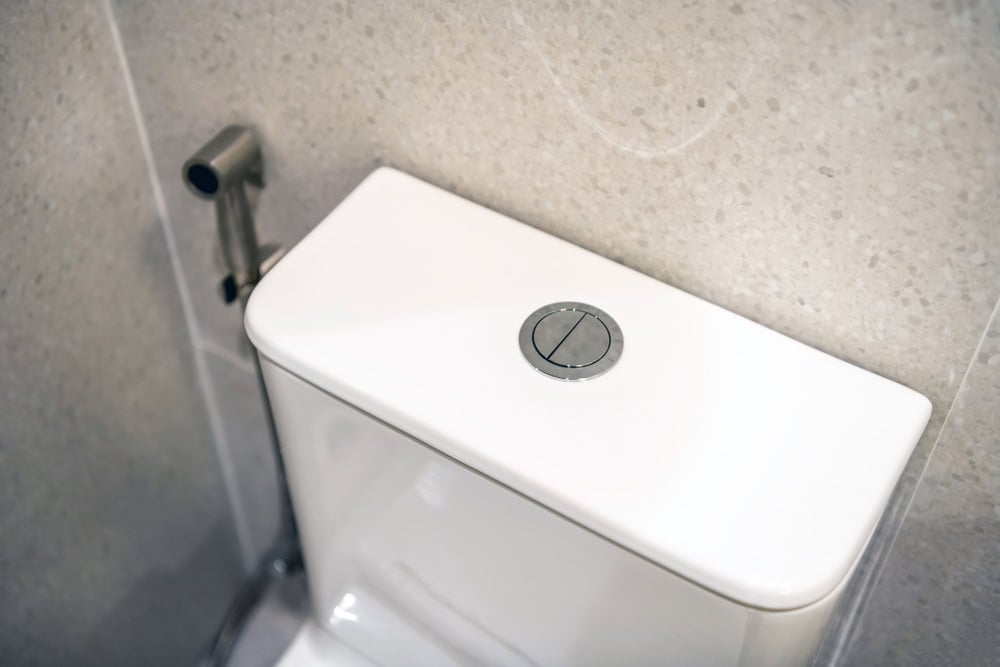
6. Use Appliances and Electronics Efficiently
Appliances and electronics contribute to 20% of energy consumption in homes. Follow these tips to lower energy usage:
- Optimal Placement: Keep refrigerators away from heat sources like stoves or direct sunlight.
- Shut Off Electronics: Turn off computers and monitors when not in use, and unplug chargers to avoid phantom energy drain.
- ENERGY STAR-Rated Devices: These certified appliances consume less energy, with substantial long-term savings.
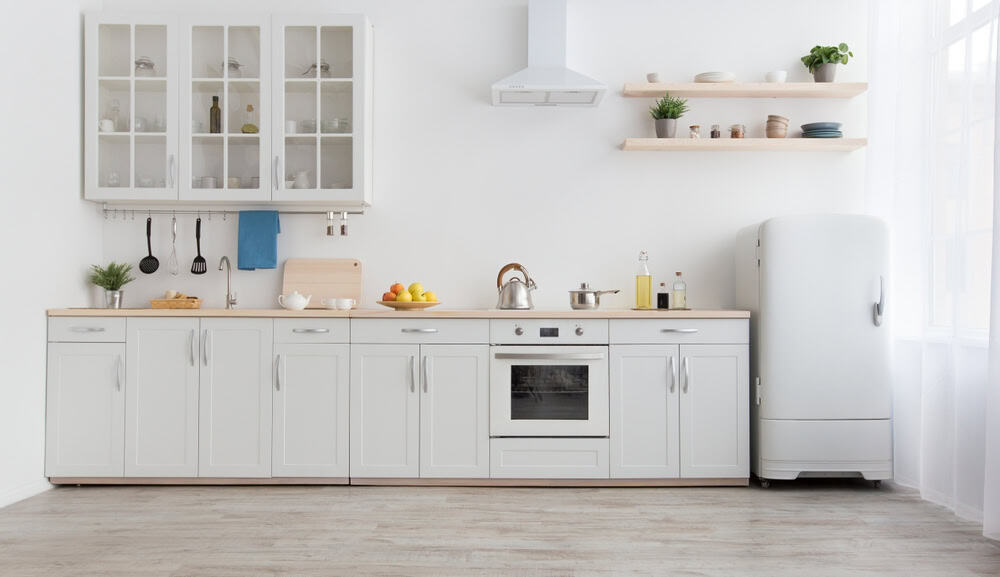
7. Install Daylighting Systems
Daylighting uses natural light to illuminate interior spaces, reducing the reliance on artificial lighting. Techniques include:
- Skylights: Double-paned skylights bring in natural light without significant heat loss.
- Light Shelves: Bounce natural light deeper into interior spaces.
- Clerestory Windows: High, short windows increase ambient light and warmth.
- Light Tubes: These focus sunlight through a diffuser, brightening rooms evenly.

8. Insulate Windows and Doors
Approximately one-third of home heat loss occurs via windows and doors. Steps to mitigate energy loss include:
- Seal Edges and Cracks: Use caulking or weatherstripping around windows and doors.
- Install Storm Windows: Add an extra layer of glass to single-paned windows.
- Fix or Replace Faulty Windows: Address rotted wood, broken locks, or cracked glass where necessary.
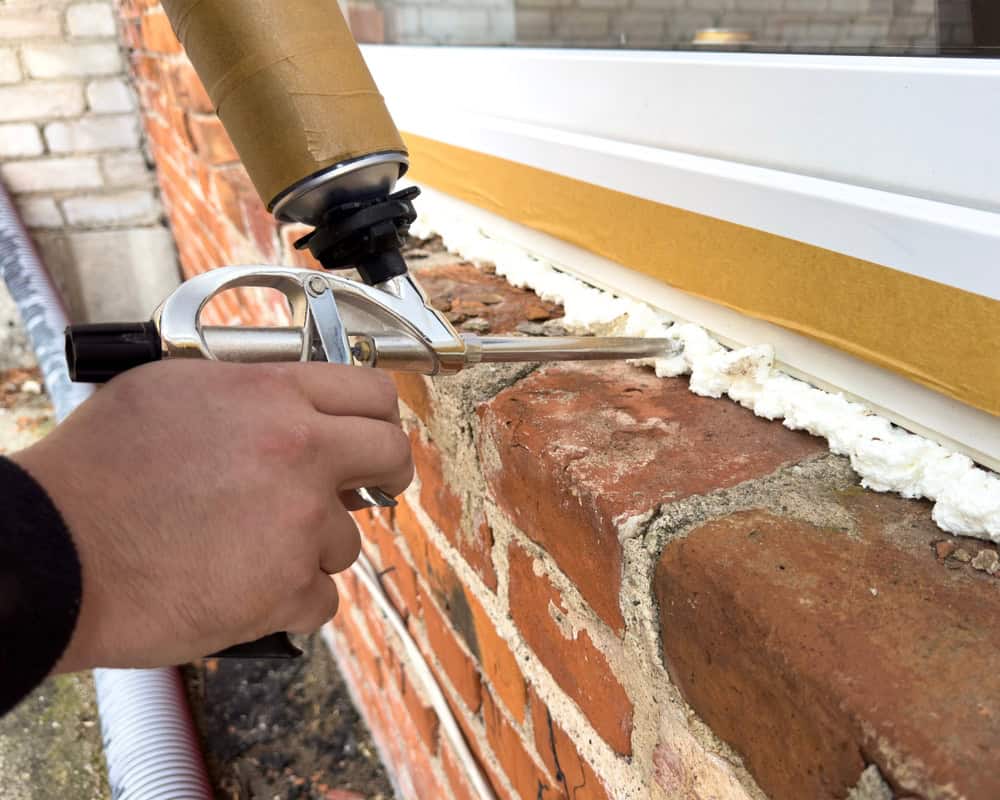
9. Cook Efficiently
Cooking wastes significant energy. Improve efficiency by:
- Using Convection Ovens: They consume 20% less energy compared to conventional ovens.
- Microwave Ovens: These require 80% less energy for quick meals.
- Covering Pans: Reduce heat loss when cooking.
- Pressure Cookers: Speed up cooking while using less energy.
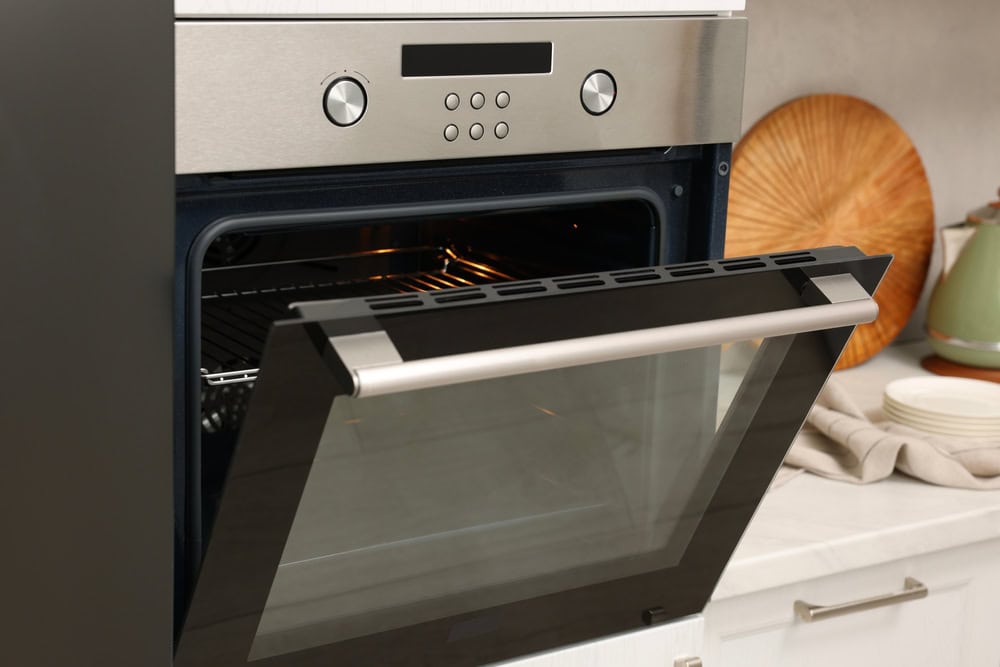
10. Optimize Laundry Practices
Reduce laundry energy consumption with these tips:
- Full Loads Only: Avoid using medium washer settings, which waste water and energy.
- Low-Temperature Wash Cycles: Washing at lower temperatures when possible saves energy without compromising cleanliness.
- Clean Dryer Lint Traps: This reduces drying times and safety risks.
- Air-Dry Clothes: Use drying racks or clotheslines when feasible.
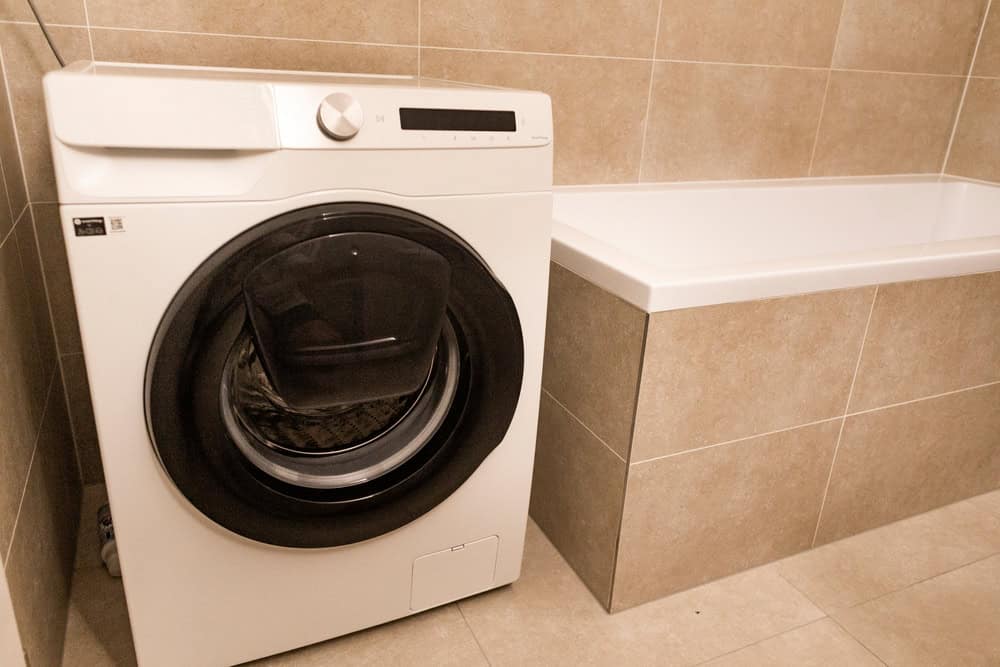
Homeowners who make these changes often find the savings in energy costs well worth the effort. For a thorough evaluation of your home’s energy efficiency potential, consider scheduling an energy assessment with a professional home inspection service.